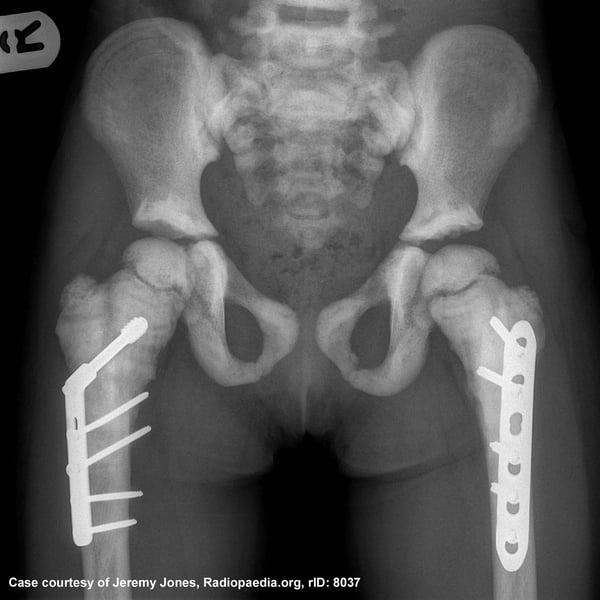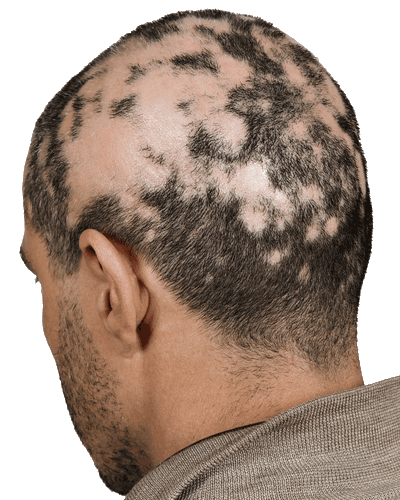Pipeline
SiSaf is developing a growing pipeline of RNA therapeutics, with a current focus on rare skeletal disorders. Our lead program is a siRNA treatment of Osteopetrosis ADO2. These therapeutics utilize the fundamental features of the company’s proprietary Bio-Courier delivery platform: durable RNA stabilization, non-immunogenic, efficient targeting and transfection, and no accumulation.
We are in the process of expanding our in-house pipeline through feasibility studies on Bio-Courier based RNA therapies for oncological indications, including a miRNA formulation for the treatment of solid tumors with the first indication being pancreatic cancer.
SiSaf’s Bio-Courier technology has also been licensed to partners, illustrating the impact the technology can have in delivering therapeutic benefits to patients. A topical Bio-Courier formulation for the treatment of Autoimmune Alopecia is in clinical trials. We have also partnered with a leader in ophthalmic genetic disease to develop the world’s first eye drop RNA interference therapy and CRISPR cas 9 gene editing cure for Corneal Dystrophy.

In-House Programs
Partnered Programs
In-House
Autosomal Dominant Osteopetrosis (ADO2)
SIS-101-ADO is a systemic Bio-Courier siRNA designed to inhibit the dominant-negative mutations of the Clcn7 gene that cause Autosomal Dominant Osteopetrosis (ADO2), in order to rescue the bone phenotype.
ADO2 is a genetic bone disease affecting around one in 20,000 people. The mutated gene causes a defect in bone reabsorption by osteoclasts resulting in increased bone density. This leads to an accumulation of bone with a defective architecture, making them brittle and susceptible to fracture. In the most severe forms, patients present with extensive osteosclerosis, especially of the skull base, pelvis, and vertebrae, and experience multiple fractures, osteomyelitis, hematologic failure, and sensorial symptoms, including impaired vision and hearing.
Currently, there is no cure for ADO2 and SIS-101-ADO represents a first-in-class treatment to reverse the bone phenotype to normal.
The U.S. FDA has granted SOS-101-ADO Orphan Drug Designation. In addition, due to the serious manifestations of this rare skeletal disorder in children, SIS-101-ADO has been granted Rare Pediatric Disease Designation for the treatment of Autosomal Dominant Osteopetrosis. This entitles SiSaf to apply for a priority review voucher (RPD PRV).
In-House
Achondroplasia

SIS-102-ACH is a systemic Bio-Courier siRNA designed to inhibit mutated Fibroblast Growth Factor Receptor 3 gene (FGFR3), a negative regulator of bone growth, and rescue the phenotype of patients with Achondroplasia.
Around one in 25,000 people are born with Achondroplasia, a disorder of bone growth that prevents the changing of cartilage (particularly in the long bones of the arms and legs) to bone. It is characterized by dwarfism, limited range of motion at the elbows, large head size (macrocephaly), and small fingers. Achondroplasia can cause health complications such as interruption of breathing (apnea), obesity, recurrent ear infections, and an exaggerated inward curve of the lumbar spine (lordosis). More serious problems include a narrowing of the spinal canal that can pinch (compress) the upper part of the spinal cord (spinal stenosis) and lead to a build-up of fluid in the brain.
SIS-102-ACH will be the first RNA therapeutic that addresses the root cause of Achondroplasia, directly inhibiting the mutated FGFR3 gene without affecting its healthy copy. Unlike other therapies, SIS-102-ACH encourages the growth of all bones in the body such as arms, hands and skull, and not just in the legs. It can be dosed by injection weekly or at longer intervals. While our initial focus is on pediatric patients, we are hopeful that in time we can also demonstrate therapeutic benefits for adults.

In-House
Solid Tumors / Pancreatic Cancer
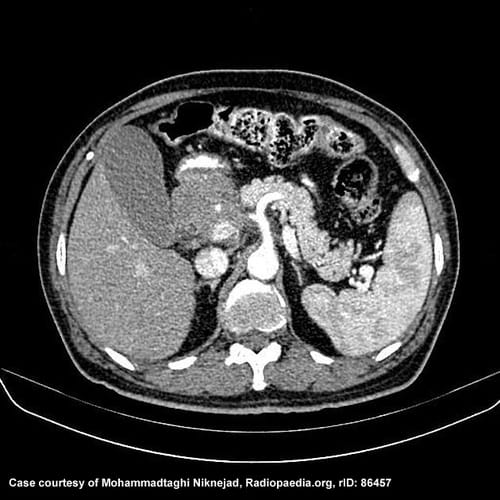
SIS-401-PACA is a novel miRNA-based treatment approach for solid tumors, with pancreatic cancer being the first indication.
According to the American Society of Clinical Oncology (“ASCO”), in 2020, an estimated 496,000 people were diagnosed with pancreatic cancer globally of which an estimated 94% died from the disease. The 5-year survival rate for people with pancreatic cancer in the U.S. is 11%.
SIS-401-PACA aims to induce a much more complete eradication of the tumor, reduce the spread of cancer to other organs and increase the long-term survival in patients.

In-House
Secondary Cancer
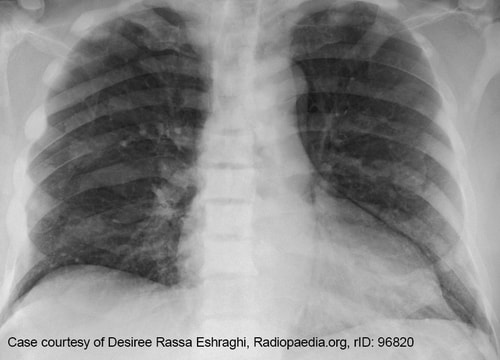
SIS-402-SBC is an early-stage project designed to identify a series of genes whose expression correlates to cancer progression and high mortality. We aim to silence these genes in cancer cells so that tumors will not progress to the quiescence stage. At the same time, the goal is to activate Suppressor of Cytokine Signaling (SOCS) proteins to induce a complete eradication of tumors. If successful, we should be able to increase long-term survival in various cancer patients.

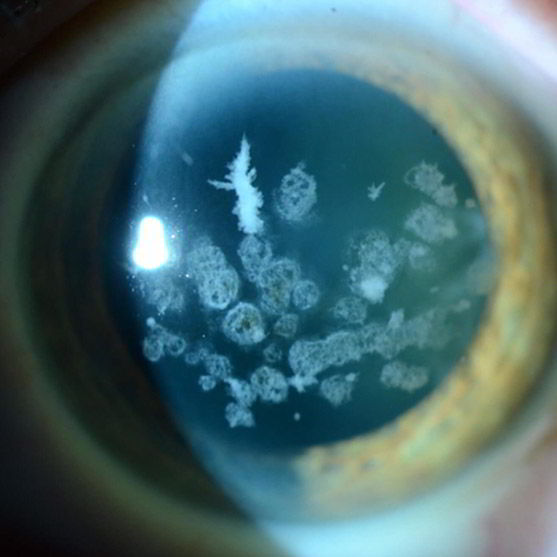
Partnered
Type II Corneal Dystrophy

SIS-201-CD is a topical Bio-Courier siRNA designed to inhibit the mutated Transforming Growth Factor Beta I (TGFBI) to prevent the overproduction and aggregation of TGFBI protein in patients with Type II Corneal Dystrophy.
Corneal Dystrophies are a group of genetic, often progressive, eye disorders in which abnormal material accumulates in the clear (transparent) outer layer of the eye (cornea). Corneal dystrophy can cause watery eyes, dry eyes, sensitivity to light, pain, corneal erosion, and significant visual impairment, but to date there is no cure and treatment focuses on alleviating symptoms.
SIS-201-CD represents a first-in-class treatment to target the mutated TGFBI gene and inhibit protein accumulation in the cornea with the ease and convenience of eye drop administration.
SIS-202-CDC is a topical Bio-Courier CRISPR-Cas 9 designed to permanently edit the mutated Transforming Growth Factor Beta I (TGFBI) gene using double-cut CRISPR Cas 9 and stop the overproduction and aggregation of TGFBI protein in patients with type II Corneal Dystrophy.
Partnered
Alopecia Areata
SIS-101-ADO is treating Alopecia Areata (AA). This is one of the most common and psychologically distressing human autoimmune conditions. In the U.S. alone, over 6 million individuals are estimated to be affected by Alopecia Areata at some point during their lifetime. It is distinguished by non-scarring patchy hair loss on the scalp and, in some individuals, pitting on the nails.
SIS-302-AA is being developed by a UK partner and is a reformulation of an approved drug molecule with Bio-Courier. It is aimed at treating mild to moderate Alopecia. The formulation with Bio-Courier is designed to stabilize the API and enhance its penetration into skin and hair follicles. SIS-302-AA is now in a Phase 2b trial that has been fully recruited.
